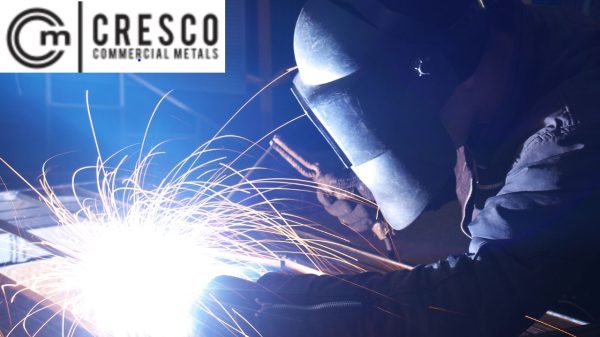Exploring Types of Welding Helmets: Find the Perfect Shield for Your Welding Needs
When it comes to welding, safety is paramount. One crucial element of welder safety is the welding helmet. These essential pieces of protective gear shield your eyes and face from the intense heat, sparks, and UV radiation produced during welding. However, not all welding helmets are created equal. In this guide, we’ll explore the different types of welding helmets available, helping you choose the perfect one for your welding needs.
1. Passive Welding Helmets
Main Keyword: Passive welding helmets
Passive welding helmets are the traditional choice. They feature a fixed, dark-tinted lens that provides a constant level of protection. While they are cost-effective and straightforward, they require the welder to lift the helmet every time they need to examine the workpiece. This can be less convenient than newer auto-darkening options.
2. Auto-Darkening Welding Helmets
Main Keyword: Auto-darkening welding helmets
Auto-darkening welding helmets have revolutionized the welding industry. They feature a liquid crystal display (LCD) lens that automatically adjusts its shade in real-time based on the intensity of the welding arc. This means you can keep the helmet down throughout the welding process, improving both safety and efficiency. They come in various shades and reaction times to suit different welding applications.
3. Battery-Powered vs. Solar-Powered Auto-Darkening Helmets
Main Keyword: Battery-powered vs. solar-powered auto-darkening helmets
Auto-darkening welding helmets can be powered by batteries, solar panels, or a combination of both. Battery-powered helmets are reliable and can typically be easily replaced or recharged. Solar-powered helmets, on the other hand, rely on the energy from welding arcs to power the auto-darkening function. They are more environmentally friendly and eliminate the need for battery replacements.
4. Grinding Helmets
Main Keyword: Grinding helmets
Some welding helmets are designed for more than just welding. Grinding helmets, for example, offer protection for grinding tasks in addition to welding. They often have a lighter shade setting to provide better visibility when grinding.
5. Specialty Helmets
Main Keyword: Specialty welding helmets
Specialty welding helmets cater to specific welding processes or unique needs. For instance, TIG welding helmets are designed for the lower-intensity, precise work involved in TIG welding. Others may have built-in respirators or additional safety features for hazardous welding environments.
Choosing the Right Welding Helmet
The choice of welding helmet ultimately depends on your welding application and personal preferences. Consider factors such as the type of welding you do, the level of convenience you desire, and your budget.
In conclusion, welding helmets are not one-size-fits-all. The right welding helmet can greatly enhance both your safety and productivity. Whether you opt for the simplicity of passive helmets, the convenience of auto-darkening models, or a specialized helmet for a specific welding task, ensure that your choice aligns with your unique welding needs. Stay safe and protected as you pursue your welding projects with the perfect welding helmet for you.
For more information go to https://crescocustommetals.com/



